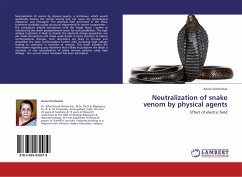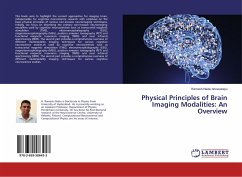Chemical process proceeds toward the state of lower energy usually accompanied by increasing randomness. Electrons in the outermost shell of atoms contribute to form bonding only when they become in lower energy state. The quantum theory is applied to explain chemical bondings, reactions, and the conformational changes of biological molecules. Experimental approach to biology has demonstrated that function of living cells are regulated by charged or polar signaling small molecules called ligands. On the other hand physical approach explains that the selective permeability of membrane causes osmosis and the membrane potential. In the nucleus of the cell there are chromsomes made of DNA. The genetic code on DNA is carried out by m-RNA that provides the basic instructions for production of proteins in the cytoplasm. Because enzyme are proteins, their activity might be changed if the code marked on DNA is changed by mutation. Therefor mutation could cause diseases.
Bitte wählen Sie Ihr Anliegen aus.
Rechnungen
Retourenschein anfordern
Bestellstatus
Storno








